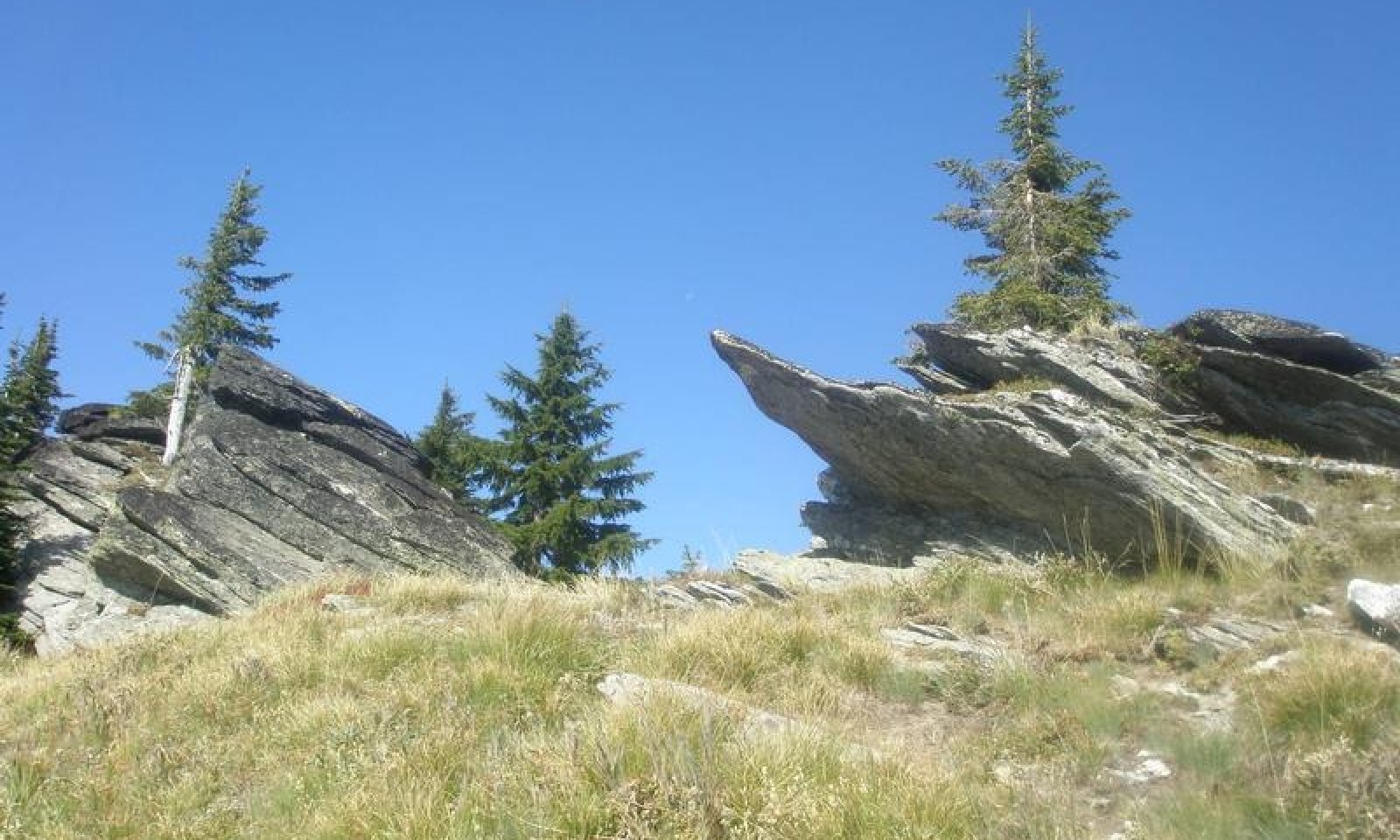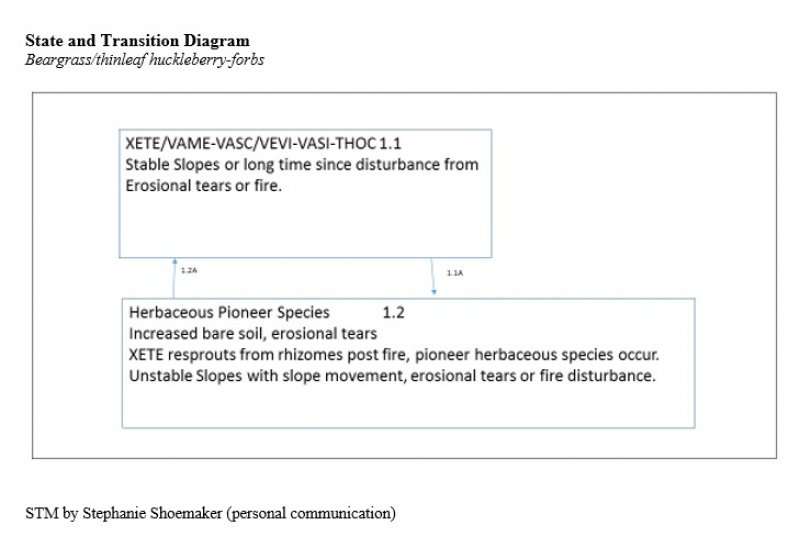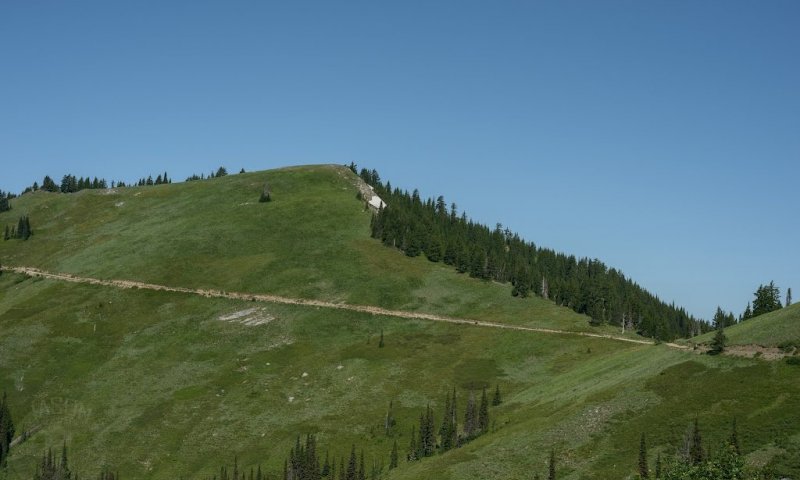

Natural Resources
Conservation Service
Ecological site R043AY501ID
Subalpine Ashy Exposed Mountain Slopes Cryic Bitterroot Metasedimentary Zone
Last updated: 10/15/2020
Accessed: 01/03/2025
General information
Provisional. A provisional ecological site description has undergone quality control and quality assurance review. It contains a working state and transition model and enough information to identify the ecological site.
MLRA notes
Major Land Resource Area (MLRA): 043A–Northern Rocky Mountains
Major Land Resource Area (MLRA): 043A–Northern Rocky Mountains
Description of MLRAs can be found in: United States Department of Agriculture, Natural Resources Conservation Service. 2006. Land Resource Regions and Major Land Resource Areas of the United States, the Caribbean, and the Pacific Basin. U.S. Department of Agriculture Handbook 296.
Available electronically at: http://www.nrcs.usda.gov/wps/portal/nrcs/detail/soils/ref/?cid=nrcs142p2_053624#handbook
LRU notes
Modal LRU – 43A11 Bitterroot Metasedimentary Zone
This LRU is composed predominantly of mid to high elevation mountain slopes. The soils are loamy Andisols and Inceptisols with ashy surfaces. Colluvium and Residuum from metasedimentary or other rock is the dominant parent material. Soil climate is a frigid or cryic temperature regime and udic moisture regime with average annual precipitation around 1100 mm (43 inches).
Classification relationships
Relationship to Other Established Classifications:
United States National Vegetation Classification (2008), A3948 Valeriana sitchensis - Luzula glabrata var. hitchcockii - Xerophyllum tenax Subalpine Mesic Meadow Alliance.
Washington Natural Heritage Program. Ecosystems of Washington State, A Guide to Identification, Rocchio and Crawford, 2015 - ROCKY MOUNTAIN SUBALPINE-MONTANE MESIC MEADOW
Ecological site concept
Ecological Site Concept:
The data below describes the physiographic, climatic and other parameters for Warm-Cryic, Dry-Udic, Loamy, Mountains, beargrass/huckleberry-forbs. Sites are subalpine to montane forb-dominated meadows. Many occurrences are small patches found in mosaics with woodlands, dense shrublands, or just below alpine communities. The system is restricted to lower montane to subalpine sites where soil conditions, snow deposition, or windswept dry conditions limit tree establishment. This ecological site occurs mainly on south facing upper backslopes of mountains and on ridges. Parent materials are colluvium, residuum, and till derived from mixed origins mantled by mixed volcanic ash and loess. Soils are generally moderately deep to bedrock, skeletal and have low to moderate available water holding capacity.
Table 1. Dominant plant species
| Tree |
Not specified |
|---|---|
| Shrub |
(1) Vaccinium membranaceum |
| Herbaceous |
(1) Xerophyllum tenax |
Click on box and path labels to scroll to the respective text.


